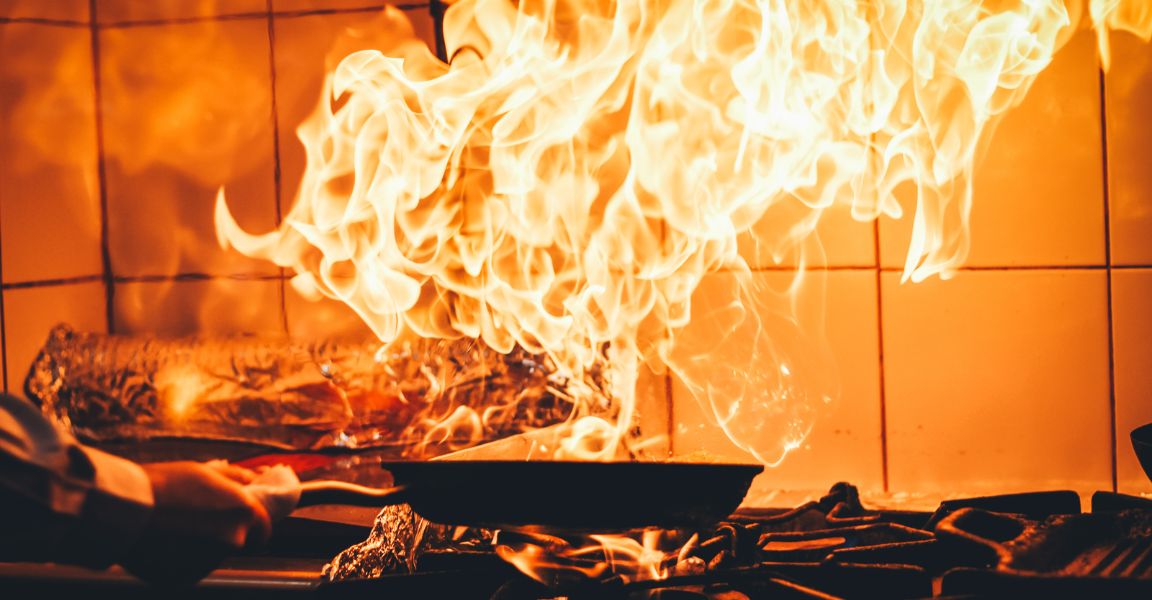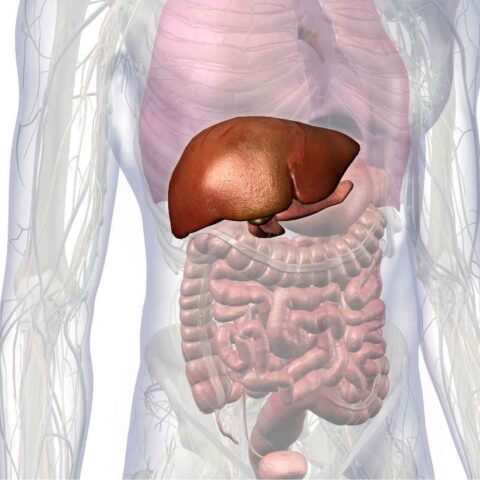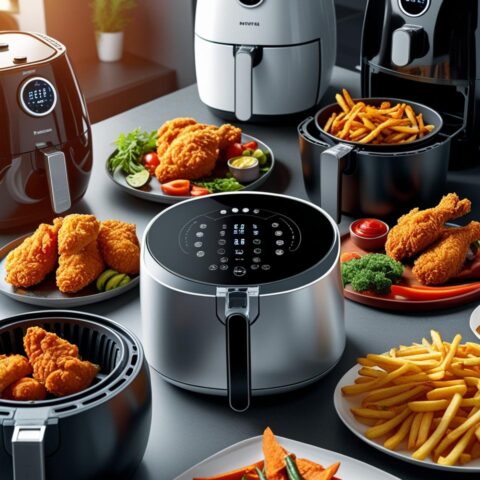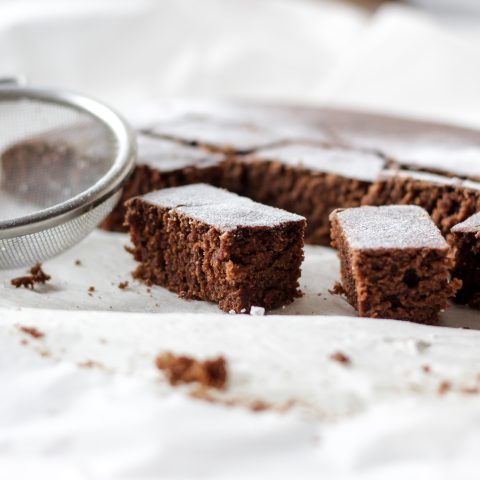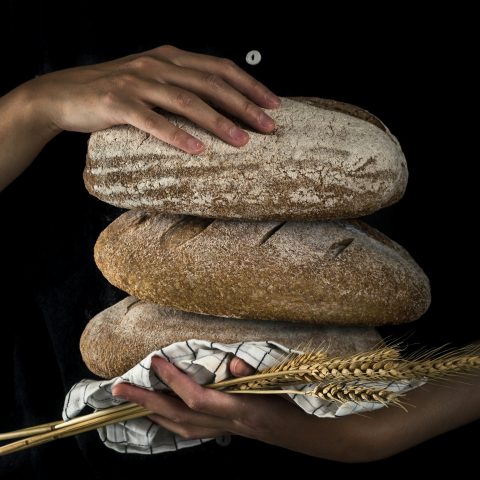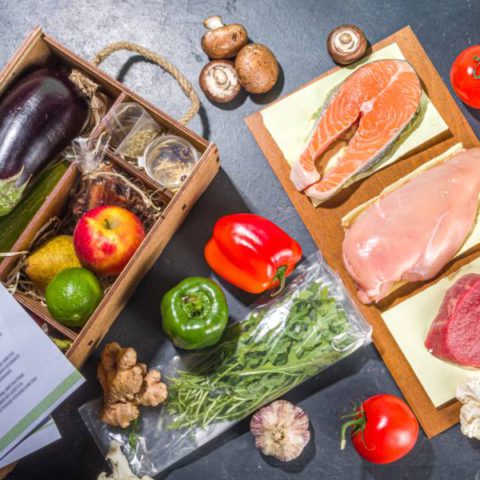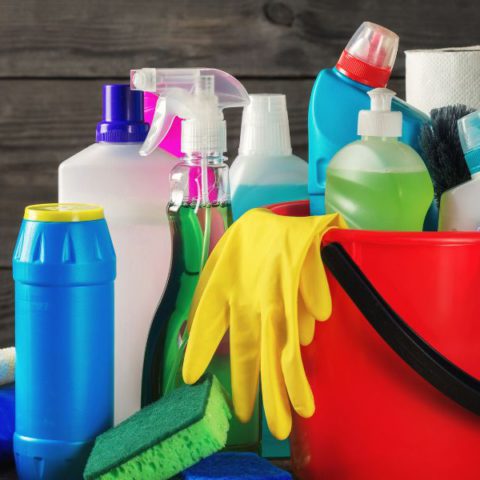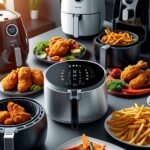Working in a kitchen can be a fun and rewarding career, but the setting presents certain dangers—like a kitchen fire. If you work in a restaurant kitchen, this helpful guide will explain the basics of fire safety and methods for putting out a kitchen fire.
Ladle of Contents
Understanding the Elements of Fire
When learning about kitchen fires, it’s important to start with the core elements of a fire. If you’re training restaurant staff on fire safety and how to properly put out a kitchen fire, the fire tetrahedron is a good place to start. The fire tetrahedron is the four elements that create a fire—heat, fuel, oxygen, and a chemical chain reaction.
The fire will naturally extinguish if just one of these elements is removed. Kitchen fires are labeled Class K fires as their fuel is typically grease or oil and they take place in a kitchen setting. Grease and oil fires can’t be extinguished with water, and you can’t remove the fuel from the fire, so it must be extinguished using other methods.
What To Do in the Event of a Class K Fire
The first response to a kitchen fire is to remove the heat; for example, if it’s a grease fire in a pan, turn off the stove immediately. If the fire is still in the pan, place a lid over it to remove oxygen from the equation and suffocate the fire safely. If the fire is past your ability to smother it in the pan, get a fire extinguisher right away.
Pro Tip: Invest in a Class B or Class K fire extinguisher specially designed to put out grease and oil fires with minimal splash hazard.
If the grease fire is relatively small, but you don’t have a lid or the extinguisher handy, there are other ways to douse the flame. Baking soda or salt can extinguish a grease fire or, at the very least, mitigate it until you get a proper extinguisher ready to put it out.
What Not To Do in the Event of a Class K Fire
Too often, a kitchen fire gets out of control because someone does the wrong thing trying to extinguish it. Your natural reaction may be to throw water on a fire, but this is one of the worst things you could do to a grease fire.
Water and oil don’t mix, so the water will only splash the oil and fire around and potentially spread it further. If you’re trying to suffocate the fire with a suppressant, make sure it’s baking soda and not baking powder or flour—both materials are flammable and will only add fuel to the fire.

